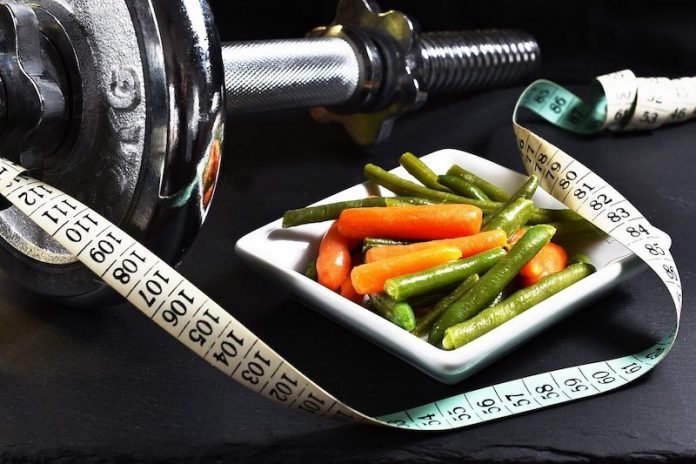
A recent study from the Salk Institute for Biological Studies found that time-restricted eating could help people lose body weight and lower blood pressure.
The study is published in the journal Cell Metabolism. One author is Satchidananda Panda, a professor at the Salk.
Intermittent fasting has shown success in helping people lose weight.
However, many people can find it difficult to eat normally on most days and then severely restrict their food intake other days.
In the study, the team examined 19 people for three months. At the time of enrollment, all participants met three or more criteria for metabolic syndrome:
A waist circumference of 102 cm (men) or 88 cm (women);
Triglycerides of 150 mg/dL or higher (or on drug treatment for elevated triglycerides);
Reduced HDL-C below 40 mg/dL (men), 50 mg/dL (women) (or on drug treatment for reduced HDL-C);
Increased blood pressure, systolic blood pressure of 130 or higher and/or diastolic blood pressure of 85 mmHg or higher (or treatment with an antihypertensive drug with a history of hypertension); and
Increased fasting glucose of 100 mg/dL or higher (or drug treatment of elevated blood glucose).
Time-restricted eating allows people to eat the same every day, but they limit the time during which they can have food to a 10-hour window. For the next 14 hours, they fast.
Participants logged the timing of their meals and their sleep in the myCircadianClock app. They were encouraged to stay hydrated during their fasting periods.
The researchers didn’t ask them to change what they eat. Nonetheless, study participants consumed nearly 9% fewer calories.
The team found that in addition to weight loss—a 3% reduction in weight and a 4% reduction in abdominal visceral fat—participants’ cholesterol levels and blood pressure improved.
They explain that when people go into a fasting state, they start to deplete the glucose stores in the body and they start to use fat as the energy source.
Copyright © 2020 Knowridge Science Report. All rights reserved.



